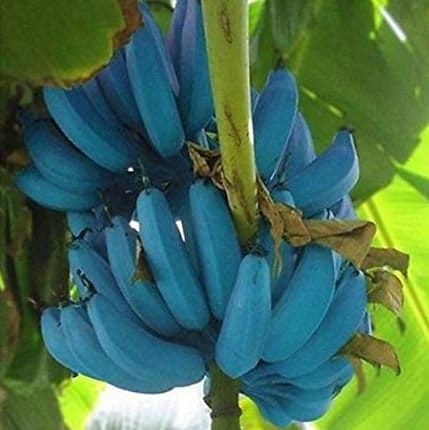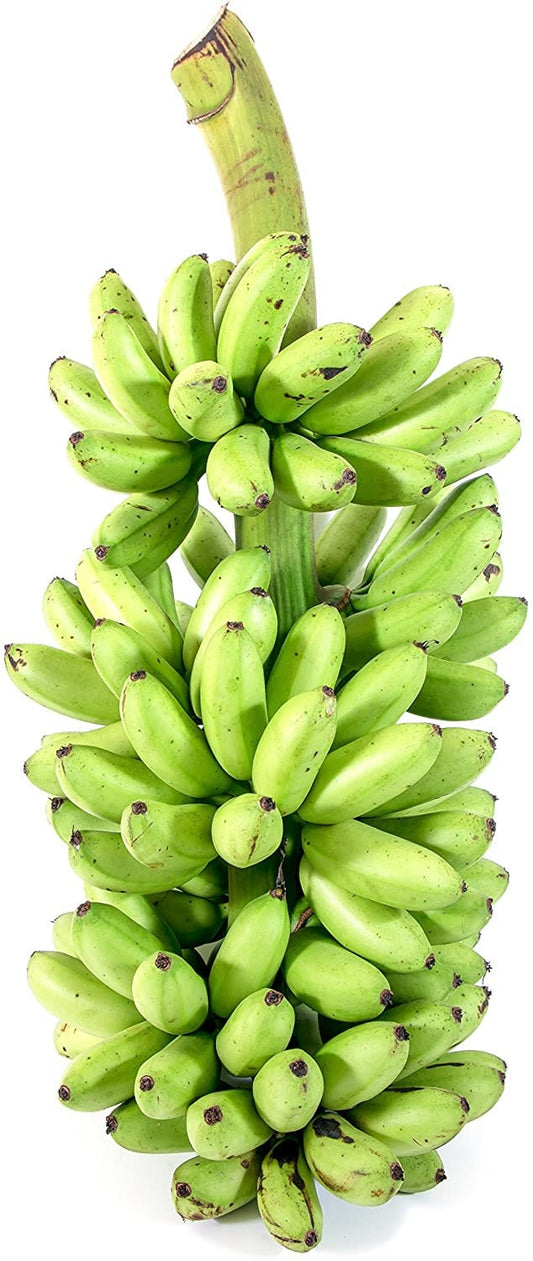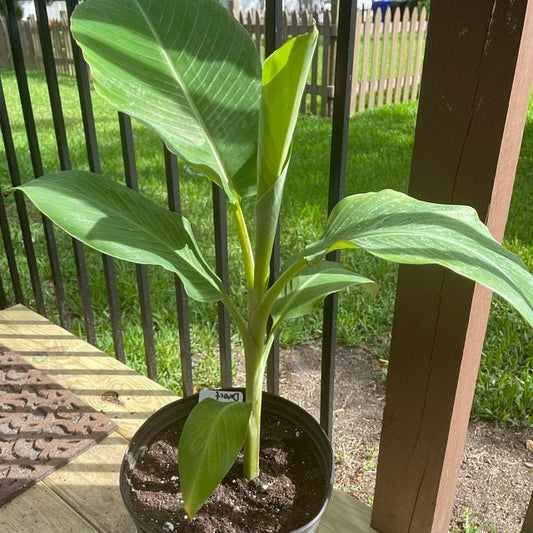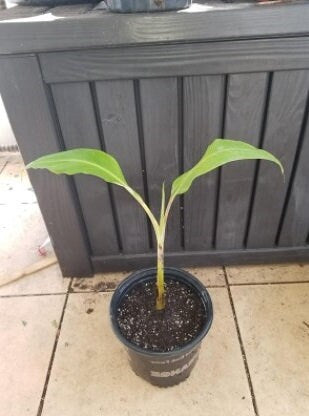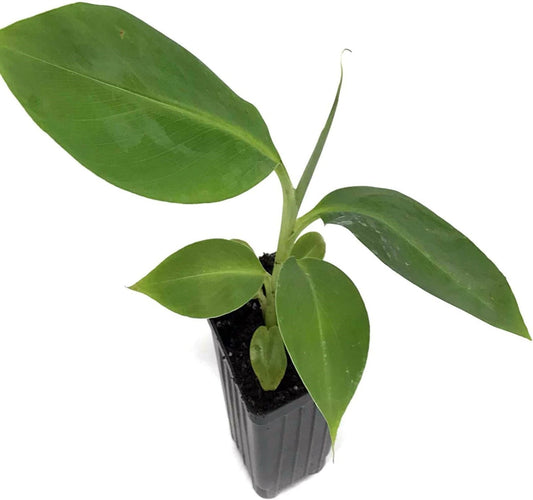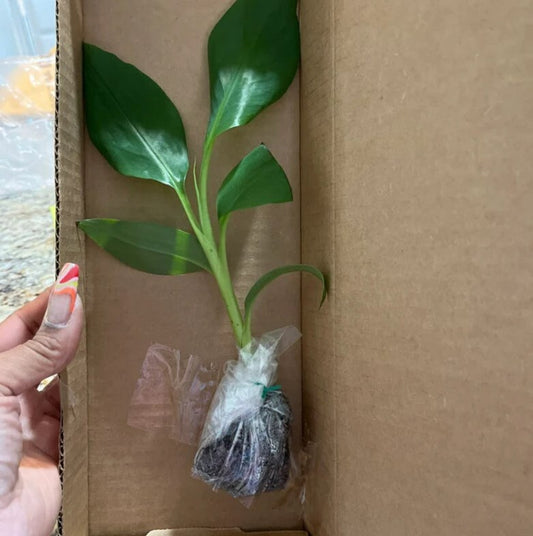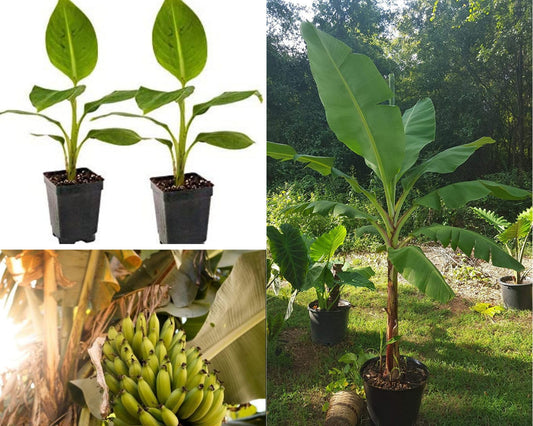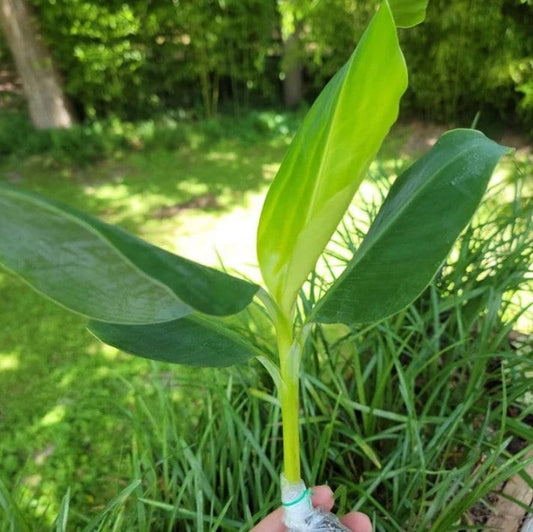Embarking on a Flavorful Journey: Growing Mysore Bananas
Mysore bananas, named after the city of Mysore in India, are a delectable variety known for their distinctively sweet and slightly acidic flavor. This variety is celebrated not only for its taste but also for its resilience against diseases and its adaptability to various climates, making it a favored choice for both tropical and subtropical regions. Whether you're an experienced gardener or a novice excited to delve into the world of exotic fruits, this guide will navigate you through the process of growing Mysore bananas, ensuring a successful and rewarding harvest.
Understanding Mysore Bananas
Mysore bananas are a robust variety, with the ability to reach heights of up to 12-14 feet. They are characterized by their bright green leaves and smaller stature compared to other varieties. The bananas themselves are medium-sized, with a thin skin that turns bright yellow when ripe, enveloping the soft, aromatic flesh inside. Suitable for USDA zones 9-11, Mysore bananas can produce fruit year-round in optimal conditions, offering a continuous bounty for your garden.
Selecting the Right Location
1. Sunlight Requirements: Mysore bananas thrive in full sun, requiring at least six to eight hours of direct sunlight daily to flourish and produce fruit.
2. Soil Preferences: These bananas prefer well-draining, loamy, and fertile soil with a slightly acidic to neutral pH (6.0-7.0). Ample organic matter in the soil will aid in retaining moisture and providing essential nutrients for growth.
Planting Mysore Bananas
1. Optimal Planting Time: The best time to plant Mysore bananas is in the late spring or early summer when the soil has warmed and the risk of frost has passed.
2. Planting Process: If starting with a young plant or sucker (pup), dig a hole approximately twice as wide and as deep as the root ball. Enrich the soil with compost or well-rotted manure before planting to ensure nutrient-rich planting conditions. Place the plant in the hole, backfilling with soil, and water thoroughly. For container planting, ensure the pot is large enough to accommodate growth and has adequate drainage.
Care and Maintenance
1. Watering: Consistent moisture is crucial for banana plants, especially during their active growth in warmer months. Water deeply and regularly, allowing the top inch of soil to dry out slightly between waterings.
2. Mulching: Apply a thick layer of organic mulch around the base of the plant to retain soil moisture, suppress weeds, and provide additional nutrients as it decomposes.
3. Fertilization: Mysore bananas are heavy feeders, benefiting from monthly applications of a balanced, slow-release fertilizer during the growing season. Incorporate potassium-rich fertilizers to support fruit development.
4. Pruning: Remove dead leaves and limit the number of suckers to focus the plant's energy on fruit production. Keeping one to two healthy suckers around the main plant is advisable.
Harvesting Mysore Bananas
Mysore bananas typically take 9-12 months from planting to produce fruit. The bananas are ready to harvest when they turn from deep green to light yellow and the fruit appears plump. Cut the entire bunch from the plant and allow it to ripen in a cool, shaded area if necessary.
Overcoming Challenges
Mysore bananas are generally resilient but can still face challenges from pests and diseases common to bananas. Regular inspections and adopting integrated pest management practices can help keep your plants healthy and productive.
Conclusion
Growing Mysore bananas is a gratifying experience that not only enhances your garden's tropical appeal but also rewards you with delicious fruit bursting with flavor. By providing the right care and meeting their needs, you can enjoy the lush beauty and delectable fruits of Mysore bananas. Whether enjoyed fresh, in desserts, or as a part of savory dishes, Mysore bananas are sure to add a touch of exotic indulgence to your culinary repertoire.
